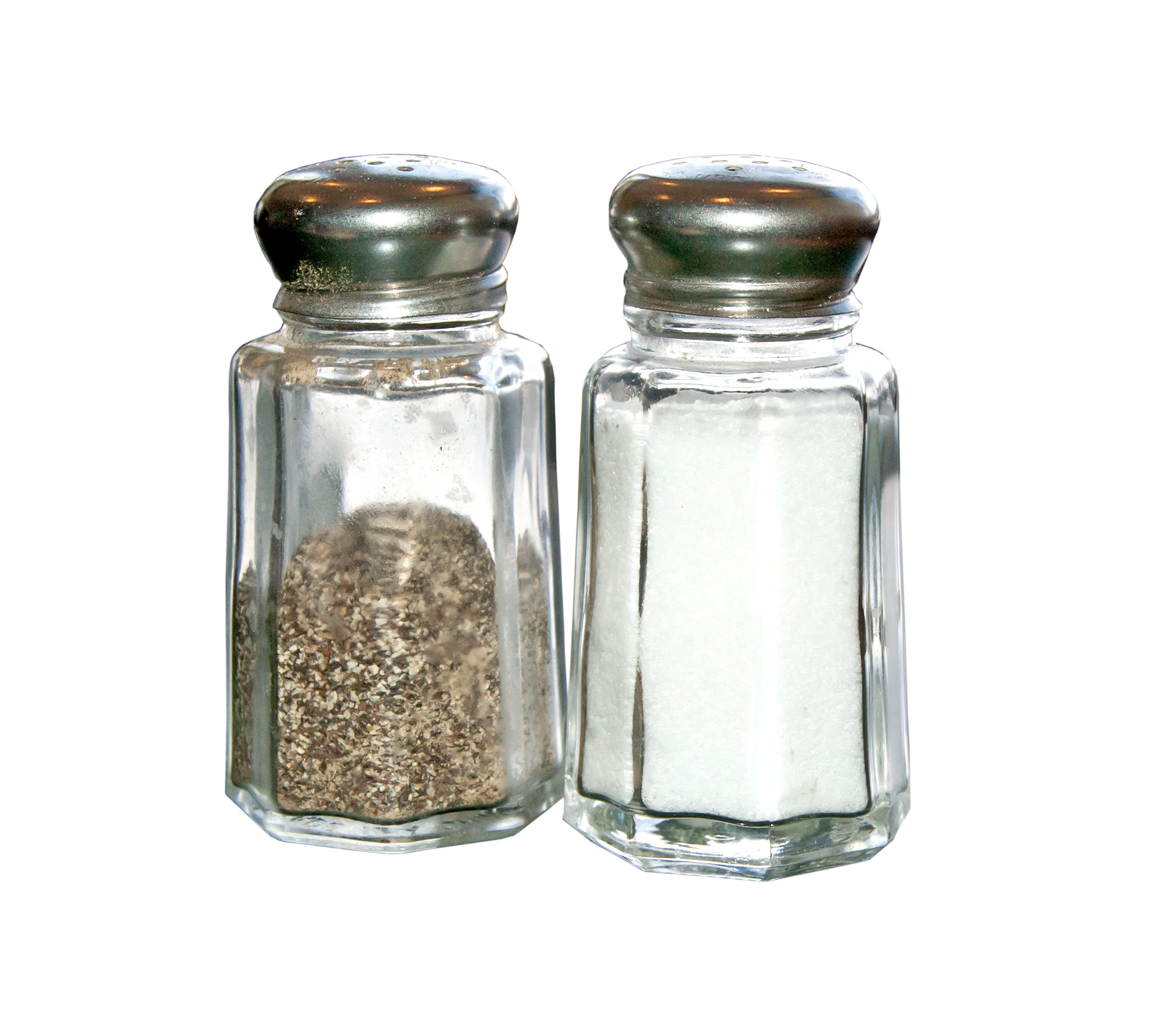Nicole Meadow, MPN, RD, CLC is a Registered Dietitian with specialized training in infants, pediatrics and young adultsshared that all year we try to help our children choose health-promoting food…more antioxidants, more Vitamin D, less high-fructose corn syrup (HFCS), no trans fats, and on and on. We read labels and cook so we can eat family meals. We look for deep reds and dark greens to provide vitamins, minerals, and phytonutrients. We steam, we bake, and we don’t fry. Then why do we abandon all our efforts on Halloween?
Before we think about WHAT we can do instead of having candy, candy, and more candy, let’s find motivation for making a change from research about food colorings and refined added sugars. Research published in the Lancet, a British medical journal, in recent years indicated that food colorings and the food additive sodium benzoate led to an increase in hyperactive behavior in both preschoolers and school age children. Most foods with added colors generally are NOT essential (or necessary in any way) for health. This includes candy—especially vibrant colored candy such as lollipops, fruit chews, candy coated chocolate, etc. (It’s amazing to think how many different candies kids will eat and how few veggies some are willing to accept—many the same color!) This year, as you begin to purchase your Halloween costumes and decorations, rethink what you can give out as “treats”… kids LOVE non-food items as much as candy or more healthful choices like pretzels or graham crackers.
Research regarding sugar and hyperactivity has never been conclusive. The most solid research suggests that the issue is the relationship of sugar (carbohydrate) to protein in the diet. Too many carbs and not enough protein lead to hyperactivity. But even if you pile on the chicken, beans, eggs or peanut butter before Trick-or-Treating, you will not reduce the health risks of sugar.
The American Heart Association, a non-profit organization recently recommended no more than 6 teaspoons a day of added sugar. A lollipop has two teaspoons of sugar, while conventional candy bars have 2 ½-3 teaspoons.
A little bit doesn’t hurt, or does it? Remember that chronic disease starts in childhood and it’s not just Halloween night but the weeks after, followed by the December holidays, Valentine’s Day, and then Easter! Excessive sugar intake is related to obesity (between 30-40% of American kids are obese) and all of the weight related disorders such as cancer, heart disease, high blood pressure, and diabetes. Even skinny kids eating excess sugar are at risk for heart disease, as sugar increases triglycerides and may also increase blood pressure. And we can’t forget sugar’s contribution to dental caries.
So let’s redefine what Halloween “treats” are and find some satisfying alternatives that keep our kids and us healthy. Remember you are your kids’ most influential role model. Be a good one!
Some alternative Halloween “Treats”:
· Pencils, erasers, crayons
· Memo pads, coloring books
· Individual packs of organic pretzels, animal cookies, or dried fruit
· Individual packs of Playdough
· Bubbles
· Piggy bank money
And if you can’t go straight for the non-candy Halloween just yet, here are some healthier options to pass out to to your Trick-or-Treaters…be a trend setter in your neighborhood!
· Unreal™ Candy
· SNAP Infusion®
· Angell Organic Candy Bars
· Surf Sweets
· Plum Organics Teensy Fruits
· Clif Kid Twisted Fruit
· Green & Black’s Organic Chocolate Bars
Remember, there are a lot of children with food allergies and other medical issues that prevent them from being able to eat candy, so offering non-food goodies allows everyone to take part in this fun day!








